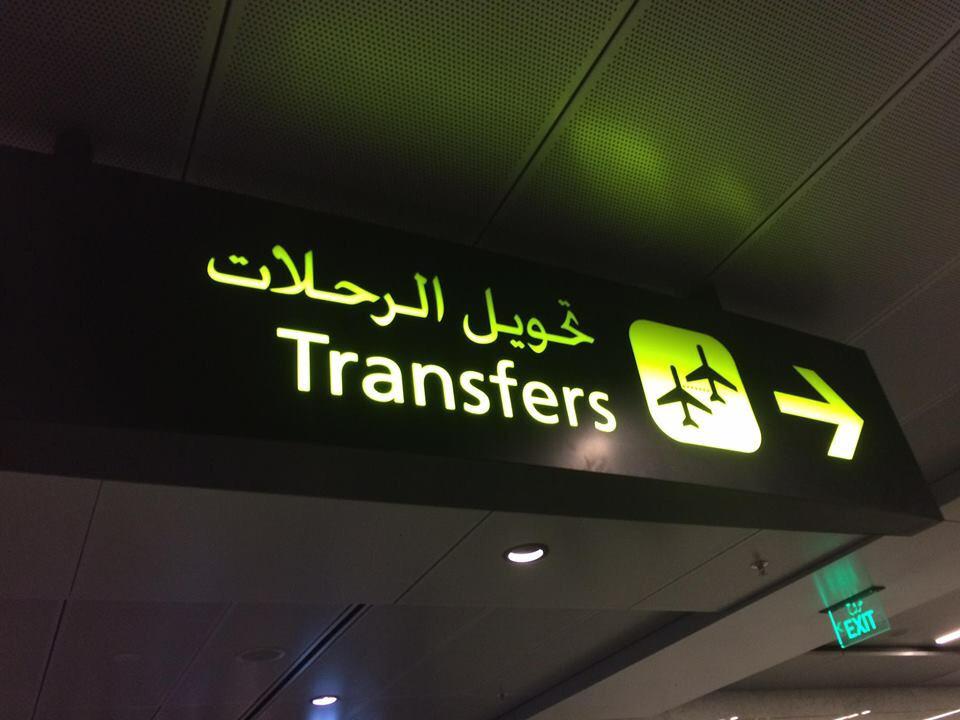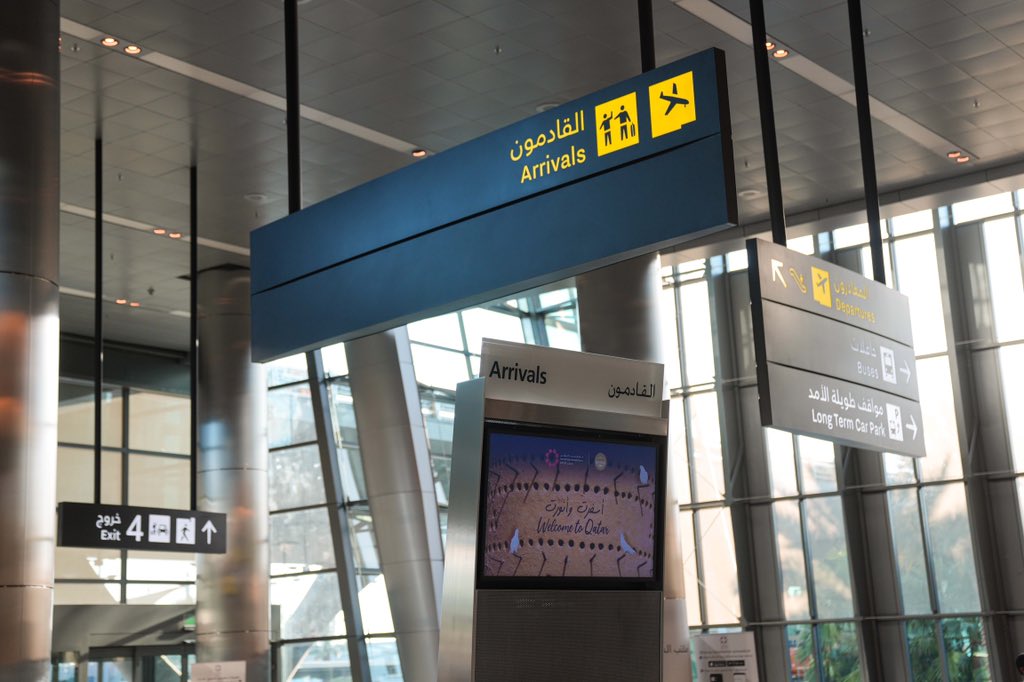
Hamad International Airport in Doha, Qatar, is renowned for its efficiency and luxury. Whether you have a quick layover or hours to spare, HIA offers a seamless transfer experience with its integrated facilities and rich amenities. Here’s how to make the most of your time at this world-class hub.
Navigating the Airport

-
Transfer Halls: Upon exiting your aircraft, head directly to the Transfer Halls located at concourses A, B, C, and D. These areas are well-signposted, but if you need assistance, don’t hesitate to ask at an information desk or use the airport map available on digital screens or printed copies.
-
Integrated Facility: HIA operates as a single integrated facility, allowing you to arrive, transfer, and depart from the same terminal building. This eliminates the need to change terminals, making your transit process much simpler.
Assistance and Services

-
Transfer Desks: If you need help with boarding passes, re-scheduling flights, or have general queries, visit one of the transfer desks. These desks are equipped to assist with re-booking missed connections, upgrading travel classes, and more. They can also provide information on visa requirements if you plan to exit the airport.
-
Special Assistance: Special assistance travelers, Al Maha customers, and unaccompanied minors receive priority processing and are met at the aircraft or aerobridge upon arrival. This ensures that they receive the support they need throughout their journey.
Exiting the Airport

-
Exploring Qatar: If you have an extended stopover and wish to explore Qatar, the transfer desks can assist with exit procedures. Ensure you confirm visa and immigration requirements beforehand. Note that a transit visa is not required if you stay within the airport. However, if you plan to leave the airport, check if you need a visa based on your nationality.
-
Transit Tours: Discover Qatar offers exclusive transit tours for those with six hours or more of transit time. These tours allow you to explore Doha’s iconic sites like the Corniche, Museum of Islamic Art, and Souq Waqif, or experience unique desert tours where the Arabian desert meets the sea.
Security Check

-
Baggage Screening: Your hand baggage will undergo security screening for prohibited items. Dedicated security lanes are available for First Class and Business Class passengers, ensuring a quicker and more convenient process.
-
Prohibited Items: Ensure your baggage does not contain prohibited items, as these will be confiscated. Check the airport’s Security & Customs page for more information on what items are allowed and what are not.
Things to Avoid

-
Avoiding Delays: Do not follow the signs to ‘Arrivals’ unless you intend to exit the airport. Approach the transfer desks for assistance instead, as they can guide you through the correct procedures.
-
Punctuality: Be punctual for your onward flight, as boarding gates close 20 minutes before departure. Plan your time wisely to avoid missing your connection.
Relaxation and Activities

-
Airport Hotel: The Airport Hotel offers four-star hospitality for short stays, including massages, swimming, and gym facilities. This is ideal for those who want to relax and rejuvenate during their transit.
-
Transit Tours: As mentioned, Discover Qatar offers a range of transit tours:
-
Discover Doha: A three-hour coach city tour that takes you around Doha’s key attractions.
-
Discover the Desert and Inland Sea: A four-hour private tour to Khor al Adaid.
-
Shuttle Bus Service: Visit the Qatar National Museum, Museum of Islamic Art, or Doha Beach Club with a hassle-free shuttle service.
-
Discover Doha by Air: A 45-minute flight over Doha’s iconic sites.
-
Discover Doha Your Way: Explore Doha with a private vehicle and chauffeur.
-
.jpg)
-
Airport Facilities: Enjoy complimentary Wi-Fi throughout the terminal, and access internet kiosks and Mac computers for browsing.
-
Dining Options: Choose from more than 30 restaurants and cafes offering a wide variety of global cuisine.
-
Lounge Access: You may be entitled to complimentary lounge access depending on your ticket or privilege club membership, or you can pay for lounge access. Relax in one of the quiet rooms that offer recliners and soft lighting.
-
Cultural Experiences: HIA is renowned for its art installations. Experience an innovative and immersive visual experience by exploring the airport’s permanent and temporary exhibitions.
-
Family-Friendly: There are five activity nodes designed for children of all ages, offering play areas, televisions, internet points, retail stores, and food and beverage options. Parents’ rooms and family toilets are also available for added convenience.
-
Duty-Free Shopping: Qatar Duty-Free offers an extensive selection of designer labels, electronics, gourmet foods, and more across 70 retail outlets. Express stores are available if you are in a hurry.
Overall, Hamad International Airport provides a comprehensive and enjoyable transit experience, ensuring that your journey is both efficient and memorable.



















.jpg)

















.jpg)



.jpg)
.jpg)




.jpg)
















